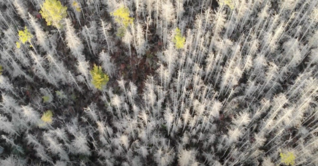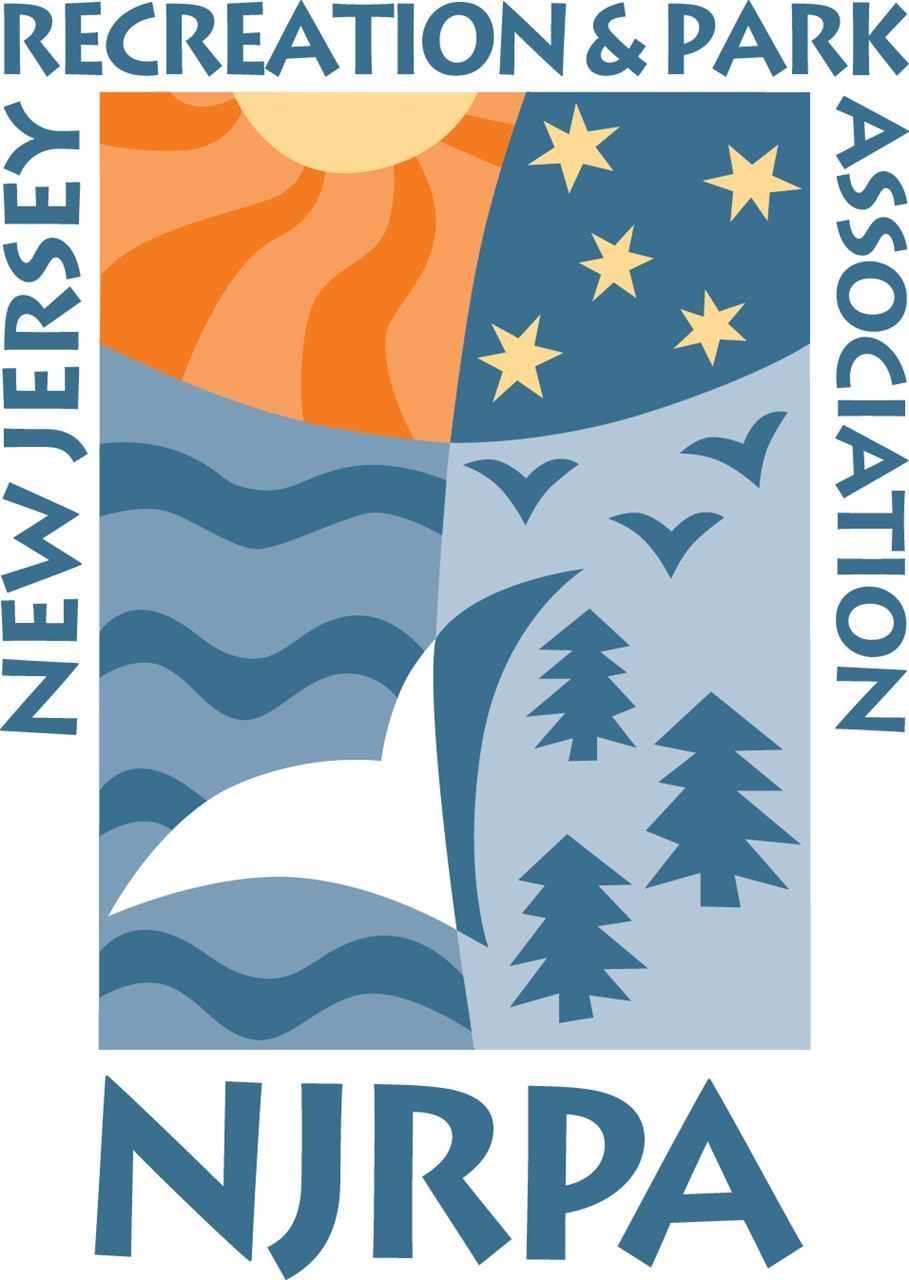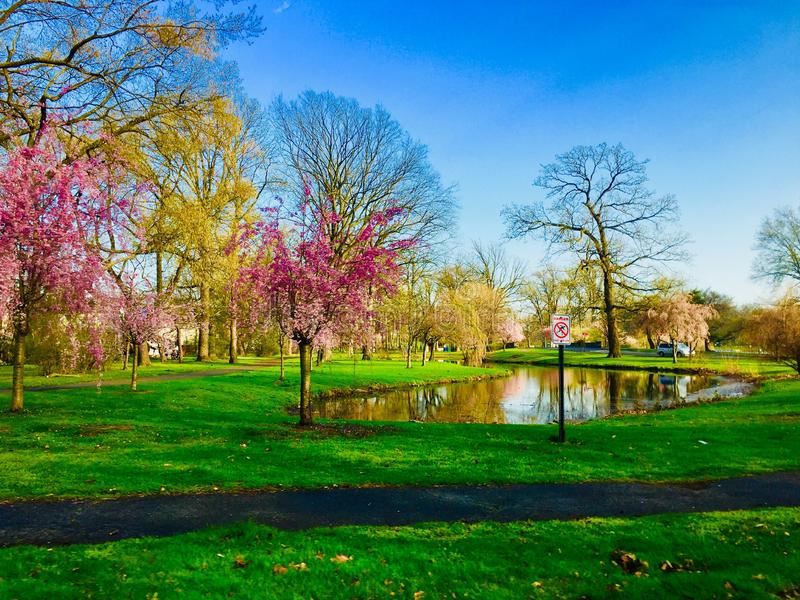MURPHY ADMINISTRATION TO RESTORE 10,000 ACRES OF ATLANTIC WHITE CEDAR FORESTS, ENHANCING STATE’S RESILIENCE TO CLIMATE CHANGE
(21/P29) TRENTON – A component of the Murphy Administration’s strategy to ensure New Jersey becomes more resilient to climate change, the Department of Environmental Protection will restore 10,000 acres of globally threatened Atlantic white cedar forests to the state’s Pinelands region, Commissioner Shawn M. LaTourette announced today as part of the State’s recognition of Climate Week. New Jersey’s Atlantic white cedar forests have been adversely impacted by climate change, including by sea-level rise and storm surge that have brought saltwater into these fragile freshwater ecosystems, leaving ghost forests where thriving Atlantic white cedars once stood.
|
“This is the largest forest restoration project ever undertaken in New Jersey and the largest ever in the nation restoring Atlantic white cedars,” Commissioner LaTourette said. “Through this project, we will reestablish once-dominant stands of Atlantic white cedar, but at higher elevations less vulnerable to rising seas and saltwater intrusion and provide habitat for globally rare plants and wildlife, while capturing and storing carbon and absorbing floodwaters.”
|
The DEP’s Forest Service has already successfully returned Atlantic white cedar to sites where it has been lost on both public and private land. DEP will now scale up this effort, returning more than 10,000 acres of cedar forests to New Jersey’s Pinelands in places where its continued survival is not threatened by a changing climate. This effort will strengthen connectivity of this ecosystem, increase the area of high-value wetlands that store and naturally filter water, create natural breaks needed for wildfire control – and begin to restore the grandeur of southern New Jersey’s wetland forests. For information and a video, visit http://atlanticwhitecedar.nj.gov/
The restoration activities will take place on state-owned forests, parks, and Wildlife Management Areas and is funded through DEP’s natural resource damage recoveries, including settlements with manufacturers and distributors of gasoline containing methyl tertiary butyl ether (MTBE) that contaminated groundwater and surface water throughout New Jersey. DEP pursues natural resource damages to compensate the public for harm to their natural resources and utilizes recoveries for environmentally beneficial projects like the restoration of Atlantic white cedars, the creation and enhancement of wetlands, the cleanup of waterways, and other projects that support the public’s use and enjoyment of their environment.
An imperiled resource
At the time of European settlement, an estimated 500,000 acres of Atlantic white cedar forests stretched from Maine to northern Florida and along parts of the Gulf of Mexico coast – with some 115,000 acres in New Jersey alone. In New Jersey, these forests were found predominantly in the Pinelands and to a lesser extent in in the Meadowlands of northern New Jersey and the Delaware Bay and Raritan Bay regions. Today, fewer than 125,000 acres remain nationally. New Jersey, with less than 25,000 acres of Atlantic white cedar stands, remains a stronghold, though a diminished one.
As a result of these losses, these forests are considered imperiled by various government agencies, including the U.S. Department of Agriculture’s Natural Resource Conservation Service. Past logging has been a significant contributor to the decline of Atlantic white cedars. Disease- and pest-resistant, cedar wood was valued for the construction of ships, shake roofs, clapboard, and fences. Other factors contributing to losses include ditching, draining of wetlands, deer browsing and dam-building by a rebounding beaver population.
In addition, Atlantic white cedar, though a coastal species, is not salt-tolerant. New Jersey has lost large tracts of these forests in areas impacted by steady sea-level rise as well as by storm surge along creeks and rivers, particularly during Superstorm Sandy in 2012. The impacts of sea-level rise have left dead forests known as ghost forests for their craggy and bleached-white appearance (pictured).
|
Yet the Atlantic white cedar forests serve as efficient carbon sinks, collecting atmospheric carbon and storing it throughout the tree and in the organic peat soil that these forests generate. In addition, these forests provide unique habitat and are critical in maintaining the excellent water quality of the Pinelands as they filter, cool and slow the movement of ground water and streams.
|
|

|
The New Jersey Forest Service led a rigorous stakeholder process to identify and prioritize suitable areas for Atlantic white cedar restoration on state-owned property and has been working closely with municipalities and stakeholders since 2018. In addition to numerous municipalities, the DEP has worked with more than 60 stakeholder groups, including prominent environmental groups such as the New Jersey Conservation Foundation, Pinelands Preservation Alliance, and New Jersey Audubon.
“The grand Atlantic white cedars, like the pines and oaks, have characterized the natural landscape in the Pinelands for thousands of years,” said Richard Prickett, Chairman of the New Jersey Pinelands Commission. “Early settlers depended on the rot-resistant, straight-grained wood from these trees to clad and shingle their homes, fence in their livestock, build sneakboxes and other traditional boats and decoys to hunt for migratory game. Today we again need to depend on the majestic cedars, not to build objects from their wood, but to grow wood to help remove and store the carbon dioxide that the success of our forefathers has generated. With our help, the Atlantic white cedar can once again grow abundantly in the Pinelands and benefit humanity.”
“Restoration of Atlantic white cedar forests will fight climate change by sequestering large amounts of carbon in trees and restoring deep soil carbon in sphagnum peat for thousands of years,” said Jay Watson, Senior Director for Statewide Land Protection for the New Jersey Conservation Foundation. “Atlantic white cedar forests also provide a unique habitat for rare Pine Barrens plants and animals in need of protection. We applaud the NJDEP for these ambitious restoration efforts and look forward to working with them to advance this important project and other natural climate solutions.”
|
“New Jersey Audubon supports this ambitious effort by the State, as Forest Stewardship Planning and active ecological forestry practice implementation,” said John Parke, Stewardship Project Director for NJ Audubon. “Atlantic white cedar restoration inherently provides enormous ecological uplift in a globally recognized Biosphere that is the New Jersey Pinelands.”
“Atlantic white cedar forests are very special places, and you know it as soon as you step into one,” said Carleton Montgomery, Executive Director of the Pinelands Preservation Alliance. “They are quiet, sublime and magnificent. Restoring these forests on a landscape level to the Pinelands will certainly provide a great many benefits to the region’s ecological diversity. But restoring these forests will provide many intangible benefits as well, as places for people to enjoy the simple grandeur of nature for many generations to come.”
|
Restoring a globally rare ecosystem
Atlantic white cedar depends on damp and acidic soils found along rivers, streams, bogs and wetlands. Mature forests form dense stands that allow little sun to penetrate to the forest floor. This shade-shrouded ecosystem fosters growth of sphagnum-moss hummocks, liverworts, ferns, insect-eating plants, and rare orchids, some found only in the Pinelands. In turn, this unique ecosystem supports rare animal species, such as the Pine Barrens tree frog (pictured), barred owl and timber rattlesnake. These forests filter and purify water, stabilize stream banks, store stormwater and create natural breaks that can slow or halt the spread of wildfires.
The first phase of restoration is targeted to begin in the latter part of 2022 and encompass 2,000 acres along river headwaters in western Wharton State Forest. These areas were logged of cedars before the state acquired the land decades ago. The DEP will seek New Jersey Pinelands Commission approval for this phase of the project early next year. The DEP is also encouraging landowners to emulate the project.
The projects will restore a more natural mix of forest types, providing habitat for a greater variety of plant and animal species. Restoration areas will vary from more than 20 acres each to parcels of several hundred acres. Priority will be given to connecting existing stands of cedars. Careful attention will be paid to conditions such as soils and hydrology. Any areas that could be impacted by saltwater from storm surge have been mapped and will be avoided.
Stands of competing hardwoods, such as red maple and black gum, that have taken over formerly cedar-dominant areas will be removed. Areas will be regenerated using on-site remnant cedars as the seed source or, in limited instances, they will be replanted with Atlantic white cedars raised at the DEP’s Forest Nursery in Jackson. Each site will be carefully monitored and, if necessary, protected from deer browsing with fencing.
Follow Commissioner LaTourette on Twitter and Instagram @shawnlatur and follow the DEP on Twitter @NewJerseyDEP
##
|



